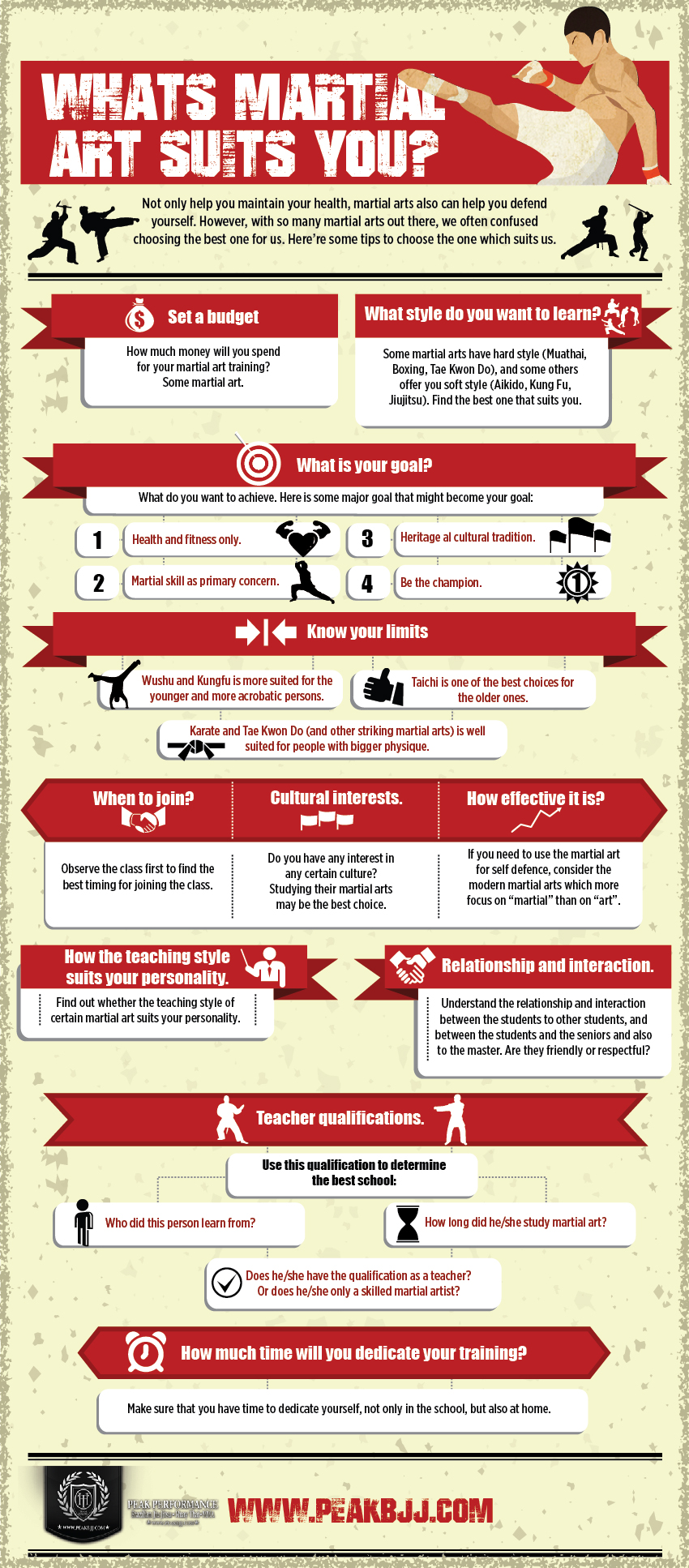The Background And Development Of Martial Arts Around The World
The Background And Development Of Martial Arts Around The World
Blog Article
Article Developed By-Winkler Ebsen
Martial arts have an interesting history that covers centuries and continents. You might discover it appealing just how old methods like Shuai Jiao and Kalaripayattu prepared for contemporary fight methods. These techniques not just highlight physical skills yet additionally mirror the cultures that birthed them. As you explore their development, think about exactly how globalization has actually changed these standard types into crossbreed styles. What influences do you believe have formed today's martial arts landscape?
Ancient Martial arts: The Structures of Combat
As you look into the globe of ancient martial arts, you'll discover the rich foundations that shaped battle strategies throughout societies. Very early practices focused on Self-Defense and survival, frequently incorporating strikes, grappling, and weapons.
In ancient China, for example, methods like Shuai Jiao stressed throws and joint locks, while India's Kalaripayattu showcased agility and fluid activity. Japanese samurai created Kenjutsu, a refined swordsmanship that highlighted discipline and strategy.
These martial arts served not just for fight but also as a way of individual growth, instilling values like respect and willpower. The blending of these strategies in time laid the groundwork for the diverse martial arts you see today, each showing the unique ideologies and needs of its culture.
The Cultural Influence on Martial Arts Advancement
While martial arts typically mirror the practical demands of a society, they additionally symbolize the social values and beliefs of their origins. When you check out different martial arts, you'll notice exactly how they're affected by religion, ideology, and social standards.
As an example, the focus on regard and self-control in Japanese martial arts stems from Zen Buddhism and samurai culture. On the other hand, Brazilian Jiu-Jitsu promotes versatility and method, formed by the demand for effectiveness in a varied, modern setting.
You could discover that the rituals, uniforms, and training methods mirror a community's history and identification. By comprehending these social influences, you deepen your admiration of martial arts and their duty fit human experiences across the globe.
Modern Adaptations and the Globalization of Martial arts
Martial arts have actually transformed substantially in current decades, adjusting to contemporary society and international impacts. mouse click the up coming article 'll see that typical forms have combined with modern strategies, producing hybrid styles like MMA. These adaptations cater to varied audiences, making martial arts easily accessible and attractive globally.
With the surge of social media sites and electronic platforms, you can locate tutorials and competitors from all edges of the world, damaging geographical barriers. where karate martial arts has resulted in a common recognition for different self-controls, from Brazilian Jiu-Jitsu to Taekwondo.
As you involve with these arts, you'll understand they're not nearly combat; they promote health and fitness, self-control, and psychological health.
Ultimately, contemporary adjustments have actually improved the martial arts landscape, making it a dynamic and developing method.
Verdict
In discovering the history and advancement of martial arts, you uncover a fascinating blend of methods, societies, and viewpoints. From old self-controls like Shuai Jiao and Kalaripayattu to the modern-day flexibility seen in MMA, martial arts show humankind's mission for Self-Defense and individual development. As why bullfighting should not be banned involve with these methods, you not just obtain abilities but also a deeper appreciation for the diverse practices that form our globe today. So, continue your journey and accept the art of battle!
